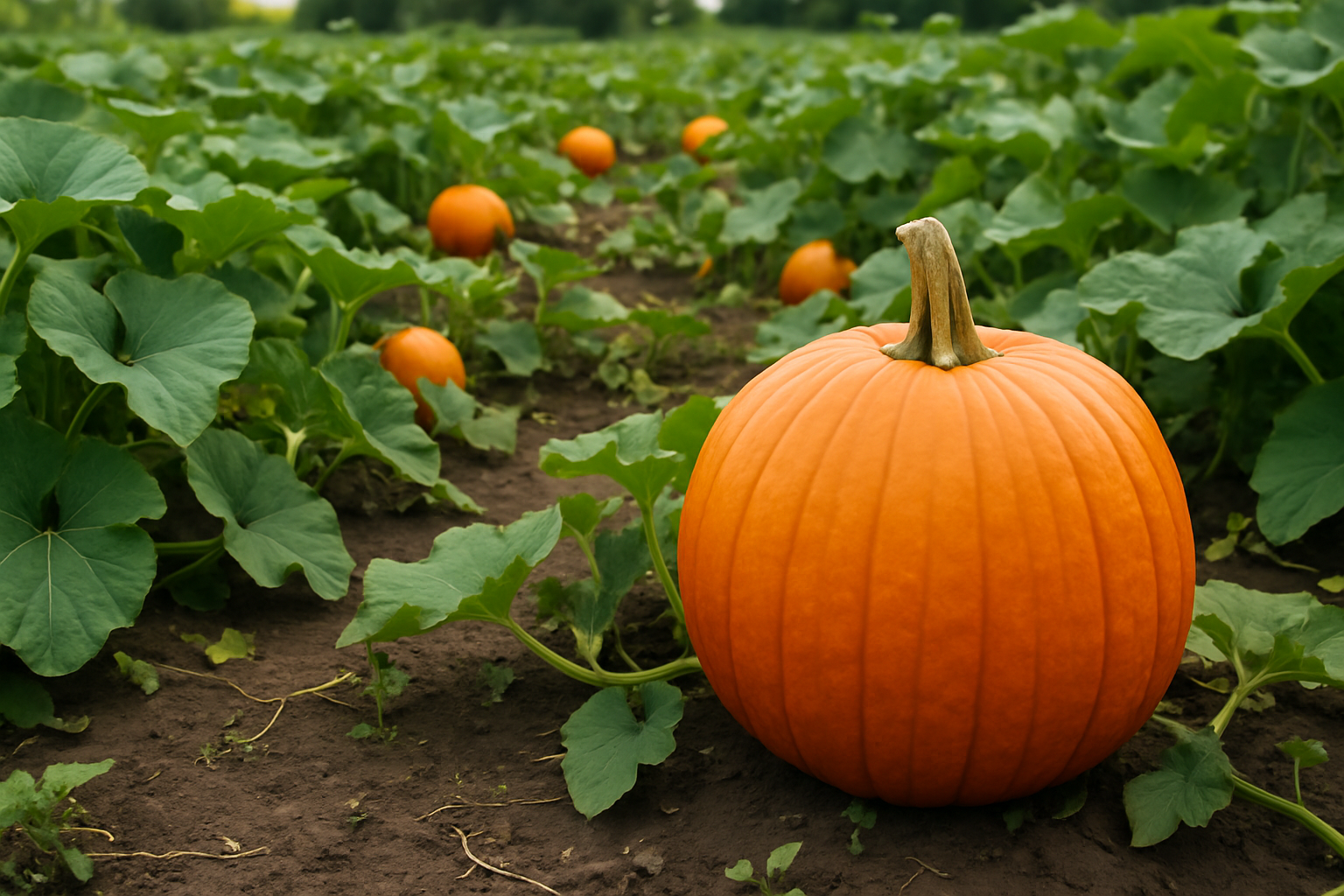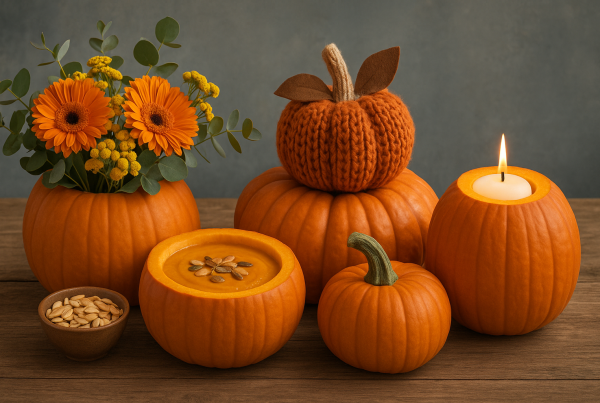Top 2025 Tips for Growing Your Own Pumpkins Successfully
As 2025 rolls in, pumpkin enthusiasts and aspiring growers in the UK have much to look forward to. With innovations in horticulture and new varieties available, now is the ideal time to delve into growing your own pumpkins. Whether you’re looking to create the perfect Halloween decoration or cultivate delicious pumpkins for recipes, the following tips will ensure you have bountiful yields this season.
1. Selecting the Right Pumpkin Variety
Before you begin planting, it’s essential to choose the right type of pumpkin. The selection process is crucial for success. Review our comprehensive guide on the Types of Pumpkins to find the best variety for your needs. Whether you’re after a giant exhibition pumpkin or a smaller variety for culinary use, understanding the characteristics of different types will guide your choice.
2. Ideal Planting Time in the UK
The timing for planting pumpkins is critical. In the UK, the climate can vary significantly, and 2025 is expected to be no exception with its unpredictable weather patterns. For most growers, late April through early May is optimal for sowing seeds indoors, providing the seedlings ample time to flourish before the warmer months. Keep track of weather forecasts and adjust your timing if necessary to match the local conditions.
3. Soil Preparation and Nutrients
Healthy soil is fundamental for robust pumpkin growth. You should aim for a well-drained, fertile soil with a pH between 6.0 and 6.8. Consider performing a soil test to identify deficiencies and amend accordingly. Incorporating organic matter such as well-rotted manure or compost is highly recommended to boost nutrient content. For more detailed practices on enriching your soil, explore our Growing guidelines.
4. Innovative Cultivation Techniques for 2025
With 2025’s new advancements in gardening technology, growers have access to innovative techniques that can enhance their yield. Companion planting, for instance, can deter pests and enhance soil health without the use of chemicals. Some recommended companions include radishes, marigolds, and nasturtiums.
Additionally, smart irrigation systems are becoming increasingly popular. These systems help conserve water and deliver it precisely when and where it’s needed, ensuring your pumpkins receive the optimal amount of hydration without excess.
5. Pest Management Strategies
Pumpkin plants are susceptible to a variety of pests, including aphids, squash bugs, and cucumber beetles. For 2025, integrated pest management (IPM) strategies are gaining popularity among sustainable gardeners. IPM combines biological, physical, and chemical tactics to manage pest populations. Encouraging beneficial insects such as ladybirds and using natural deterrents like neem oil can effectively minimize infestations.
6. Harvesting Tips and Techniques
When it comes to harvesting pumpkins, timing is everything. Most varieties take 75 to 100 days to mature. Signs that your pumpkins are ready to be picked include a firm skin and a deep, uniform color. The stem should also be hard and dry. Cutting the pumpkins from the vine, rather than pulling, helps prevent stem disease and allows the pumpkins to store longer. Visit our History page for interesting insights into harvesting practices over the centuries.
7. Storing Your Bounty
Correct storage can extend the life of your pumpkins into the winter months. Store your pumpkins in a cool, dry place away from direct sunlight and maintain moderate humidity levels to inhibit rot. Curing pumpkins in the sun for 7-10 days before storage can also help toughen their skin and improve longevity.
Conclusion
Growing pumpkins can be both a rewarding and sustainable venture. With 2025’s innovations and strategies, pumpkin cultivation has evolved to new heights. Whether growing for pleasure or for a harvest to boast of, the journey begins with preparation and the right knowledge. For more engaging updates and fun pumpkin facts, check out our Fun Facts section.





